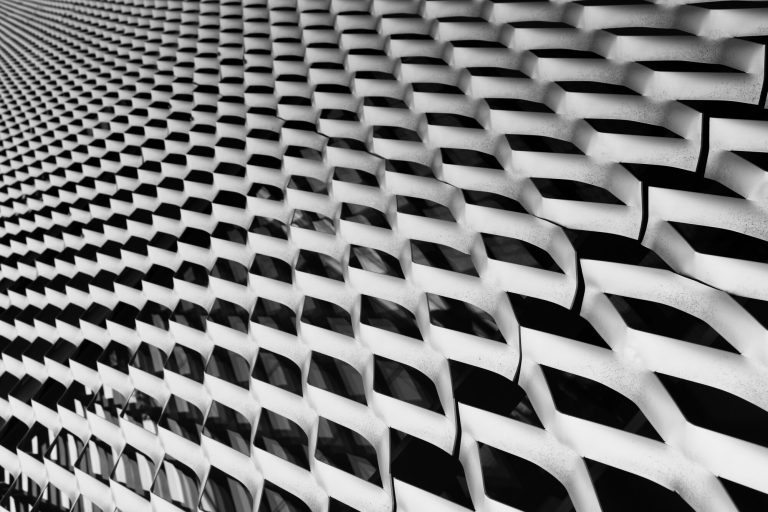Understanding the Cost of Steel Grating A Comprehensive Overview
Steel grating has become an integral component in various industrial and commercial applications, thanks to its robust characteristics, durability, and versatility. However, one aspect that often becomes a focal point in purchasing decisions is the cost of steel grating. This article delves into the variables influencing the cost of steel grating and offers insights to help stakeholders make informed decisions.
Factors Influencing the Cost of Steel Grating
1. Material Type The primary factor affecting the cost of steel grating is the type of steel used. Gratings made from carbon steel are generally cheaper than those made from stainless steel, primarily due to the composition and properties of the raw materials. Stainless steel grating, while more expensive, offers superior corrosion resistance, making it a preferred choice for environments exposed to moisture or chemicals.
2. Type of Grating There are several types of steel grating, including welded, pressed, and swaged. Each type employs different manufacturing processes, leading to variations in cost. For example, welded grating, which is composed of intersecting bars fused together, may require more labor and materials than pressed grating, hence making it more expensive.
3. Thickness and Load Capacity The thickness of the grating and its load-bearing capacity significantly influence the cost. Thicker gratings are engineered to withstand higher loads and are therefore more costly. If the application demands heavy duty usage, investing in a thicker, more capable grating becomes essential, albeit at a higher cost.
4. Surface Finish The finish applied to the grating also contributes to its cost. Options such as hot-dip galvanizing, which enhances corrosion resistance, or powder coating for aesthetic appeal, can increase the final price. The choice of finish often depends on the intended application and environmental factors.
5. Dimensions and Customization Standard-sized steel gratings are typically less expensive than custom-made options. Custom dimensions, while accommodating specific project needs, involve additional fabrication costs. Stakeholders should evaluate whether standard sizes can meet their requirements to optimize expenditure.
cost of steel grating

6. Quantity Ordered Bulk purchasing can lead to significant savings. Many manufacturers offer discounts on large orders, reducing the per-unit cost of steel grating. Contractors and businesses should assess their needs and consider bulk purchases for larger projects to capitalize on these discounts.
7. Market Conditions Fluctuations in the market affect steel prices universally. Factors such as global steel demand, international trade policies, and local market dynamics can contribute to variations in cost. Staying abreast of market trends can help businesses time their purchases more effectively.
8. Transportation and Delivery Logistics should not be overlooked, as transportation costs can add to the overall expense of steel grating. Factors such as distance, delivery method, and volume can influence shipping prices. Being strategic about sourcing from local manufacturers might minimize these costs.
Conclusion
In summary, the cost of steel grating is multifaceted, determined by a combination of material type, grating design, thickness, surface finish, and market conditions, among others. When considering steel grating for any project, it’s imperative to account for the specific application requirements, including environmental factors and load capacities.
For companies or contractors looking to optimize their expenditure, recognizing which factors bear the greatest influence on cost can lead to better-informed decisions. While the initial outlay for high-quality steel grating may be substantial, the long-term benefits of durability, safety, and reduced maintenance often justify the investment. Moreover, exploring bulk purchasing options and keeping a keen eye on market trends can further enhance economic efficiency.
In an era where industrial safety and efficiency are paramount, understanding the cost implications of materials like steel grating is crucial for any organization. Making educated choices ensures that businesses not only meet their immediate needs but also position themselves favorably for future projects.
-
Versatility of Expanded Aluminum Metal for Various Applications
NewsMay.19,2025
-
The Geometry of Steel Gratings: Why It Matters
NewsMay.19,2025
-
Reinforcement Applications of Perforated Mesh in Masonry
NewsMay.19,2025
-
Essential Tools for Installing a Deck Mesh Railing
NewsMay.19,2025
-
Anti-Slip Flooring Made with Stainless Expanded Mesh
NewsMay.19,2025
-
Adjustable Steel Grating for Uneven Terrain
NewsMay.19,2025
Subscribe now!
Stay up to date with the latest on Fry Steeland industry news.

